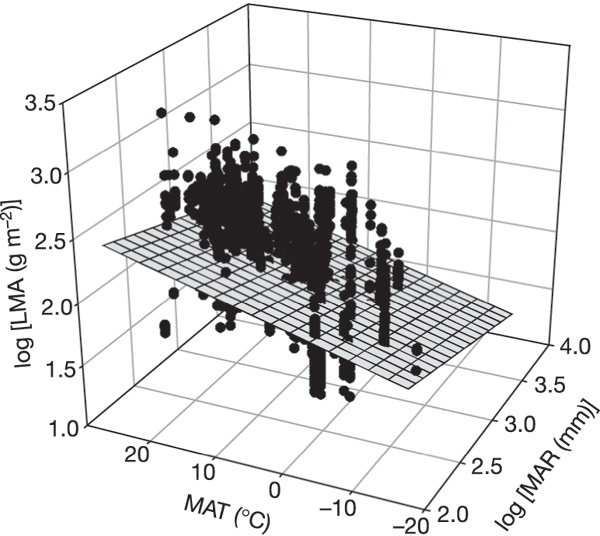Conservation, economic inequality, and privilege
Increased equity and pro-poor actions are not only moral issues to be kept in mind by conservationists. They are, rather, central to the larger goal of protecting the planet. – Bill Murdoch
In the past 15-20 years, conservation biologists have become increasingly aware that successful conservation efforts require the support and involvement of local communities, but only more recently have we become fully aware that getting that support and involvement requires that we pay attention to what communities need, not only to what we want. Reducing economic inequality, and in particular improving the lives of those in poverty, is not only the right thing to do on its own terms. It’s the only way we can protect the natural systems we can care about in the long term.
In Fall 2015, I discussed some of these issues in my graduate course in conservation biology. The problem is that it’s easy to say the “right” words and to congratulate ourselves for our wisdom and generosity. It’s harder to see how the attitudes those of us who live in relatively prosperous communities are influenced by the economic privileges we have. Those privileges are part of the reason it’s hard for us to understand farmers, ranchers, and oilmen who seem to have little regard for the land. I grew up among farmers and ranchers in southern Idaho, and the people I knew care as deeply about the land as I do. The difference? They draw their livelihood directly from the land, and their livelihood is less secure. Not unreasonably, they focus on immediate needs,1 not far-off benefits.
Fortunately, I had a very talented teaching assistant for the course, Holly Brown. She had the idea of using a “privilege walk” to illustrate the ways in which we – graduate students and faculty at UConn – are privileged when compared to many of those living in areas where conservation action is needed. Holly, Ambika Kamath, and Margaret Rubega describe the exercise in a recent article in Conservation Biology. This anonymous comment from one of our students was particularly striking:
The main thing I took away was that, when it comes to issues that are controversial (including climate change or biodiversity preservation), approaching those who might oppose ecologists with an understanding of my own privilege and how it differs from the background of others can help me to open myself up to innovative solutions, instead of imposing my beliefs on others.
If you teach a course in conservation biology, I encourage you to read Holly’s article and use some of the ideas in it the next time you teach your course.



